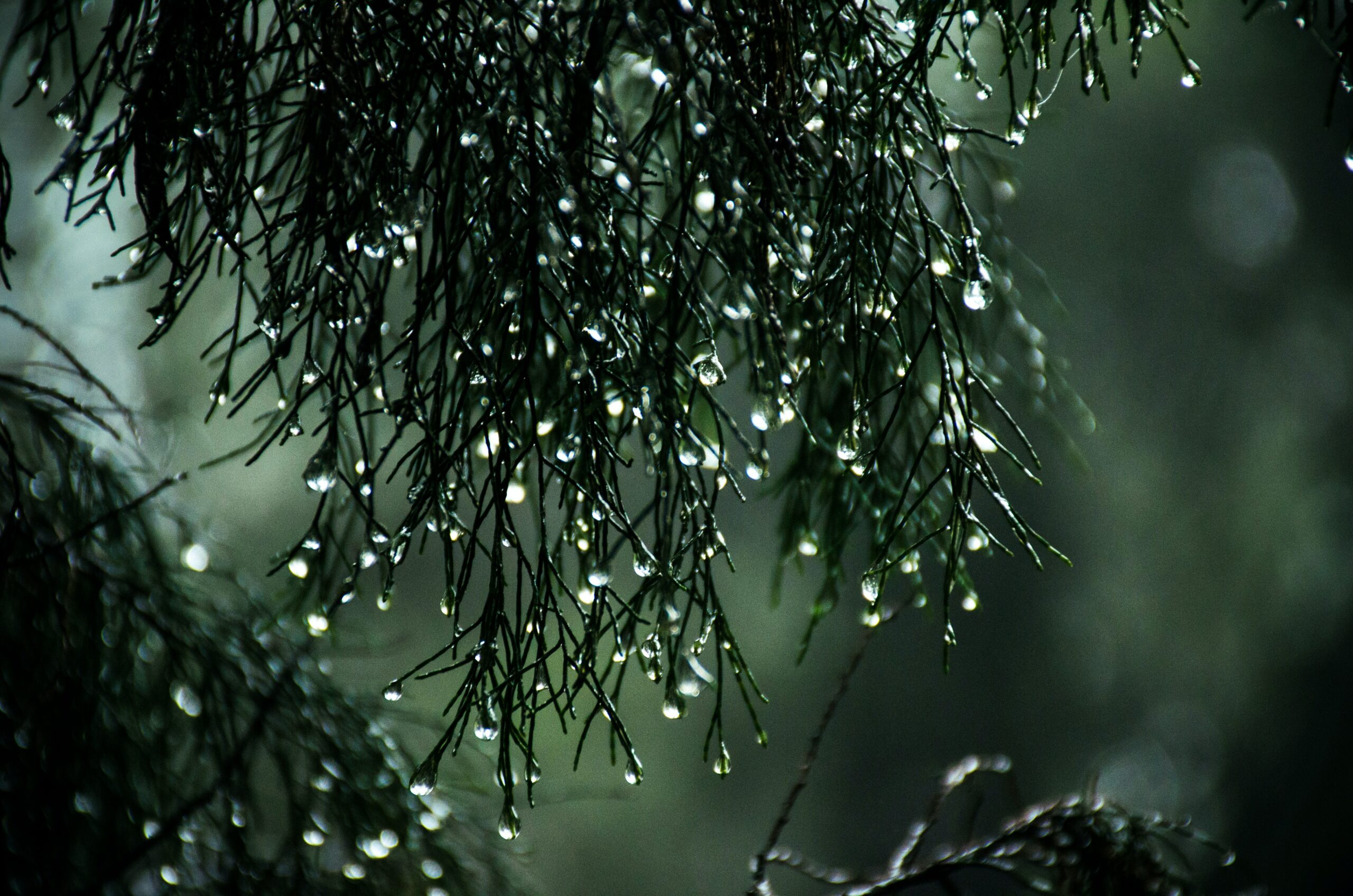Conservation is a beneficial reduction in water loss, use, or waste. The Water-Use Efficiency Department accomplishes the reduction in water loss, waste or use by the implementation of water conservation or water-efficient measures. A water conservation measure is an action, behavioral change, device, technology, or improved design or process implemented to reduce water loss, waste, or use. Water efficiency is a tool of water conservation and reduces water demand. The value and cost-effectiveness of a water efficiency measure must be evaluated in relation to its effects on the use and cost of other natural resources.
Of all the rain and snow that falls in California each year, we can use only about 25%. Do we use it all? We most certainly do. Not only do we use all of that water, but we also bring extra water into California from other areas. We use all the water that has been developed for us to use – from surface water, groundwater, and recycled and desalted water. Throughout California, about 80 million acre-feet of water are needed each year. This water is used in cities and on farms, and some of it stays in the environment to keep rivers, lakes, and wetlands healthy.
California’s demand for water is growing because the population is growing. Each year, millions of babies are born, and people move to California from other states and from other countries. More people means more water is being used every year. Besides more water for people’s everyday activities, more water is needed to build more houses and other buildings, to manufacture more products, to generate more electricity, to dispose of more waste, and to grow more food.
It is estimated that by the year 2020, we will be short about 2 1/2 million acre-feet of water every year. And that’s if we get our average amount of rain. If there’s a drought, we could be short 6 million acre-feet!
California has always had droughts, which are long dry periods without much rain or snow. A drought might last only a year, or it may go on for several years. The longest known California drought lasted from 1760 to 1820 – 60 years! Many long dry periods have occurred both before and after that time.
Though we have less water in drought years, the demand for water in cities and on farms actually goes up. That’s because there’s less rain to keep yards, gardens, golf courses, and crops watered. Times of drought are just like hot summer months; it rains less, so we use more of our water supply to irrigate crops, to water lawns and plants, and even to fill swimming pools.

As our population grows, our cities and communities grow. That means that more water is needed for urban uses – homes, businesses, industries. But where will we get more water for urban uses? Agriculture still needs water so that farms and ranches can grow the food that people need. And water is needed in the environment to keep it healthy.
A shortage of water will affect everyone…
So how will we have enough water for everyone in the future, or even now in case of drought? We might be able to:
Something that we all can do is conserve water – that is, use water wisely, using what we need but not wasting water.
| Cookie | Duration | Description |
|---|---|---|
| cookielawinfo-checkbox-analytics | 11 months | This cookie is set by GDPR Cookie Consent plugin. The cookie is used to store the user consent for the cookies in the category "Analytics". |
| cookielawinfo-checkbox-functional | 11 months | The cookie is set by GDPR cookie consent to record the user consent for the cookies in the category "Functional". |
| cookielawinfo-checkbox-necessary | 11 months | This cookie is set by GDPR Cookie Consent plugin. The cookies is used to store the user consent for the cookies in the category "Necessary". |
| cookielawinfo-checkbox-others | 11 months | This cookie is set by GDPR Cookie Consent plugin. The cookie is used to store the user consent for the cookies in the category "Other. |
| cookielawinfo-checkbox-performance | 11 months | This cookie is set by GDPR Cookie Consent plugin. The cookie is used to store the user consent for the cookies in the category "Performance". |
| viewed_cookie_policy | 11 months | The cookie is set by the GDPR Cookie Consent plugin and is used to store whether or not user has consented to the use of cookies. It does not store any personal data. |
